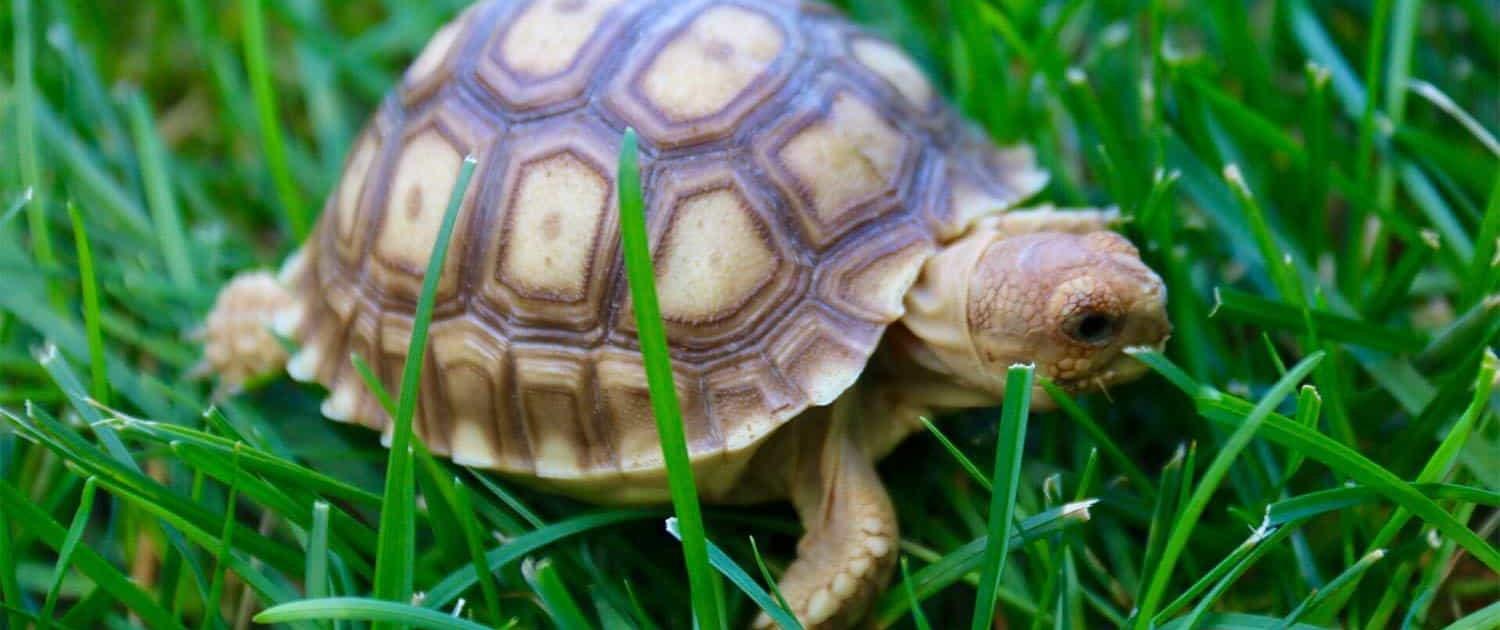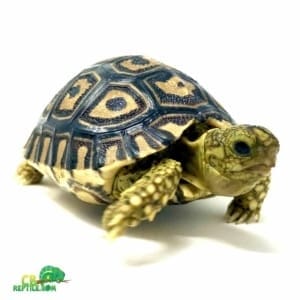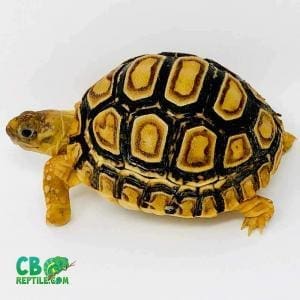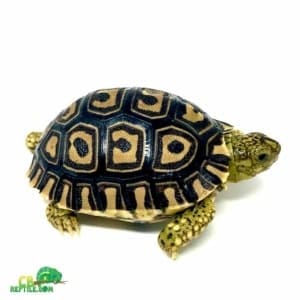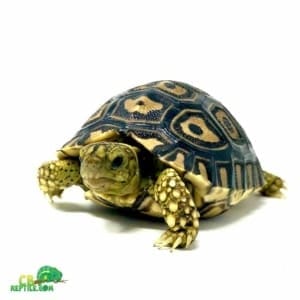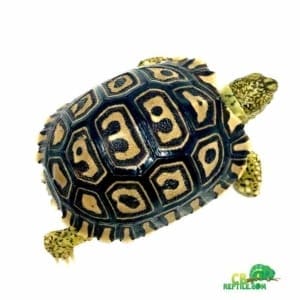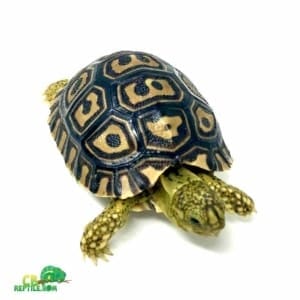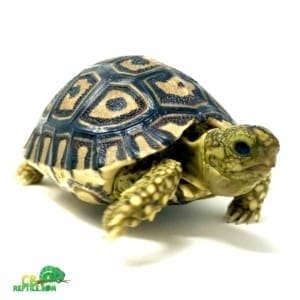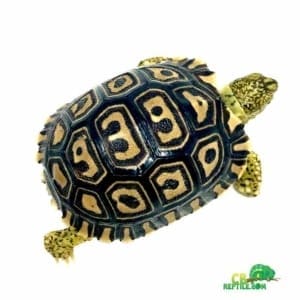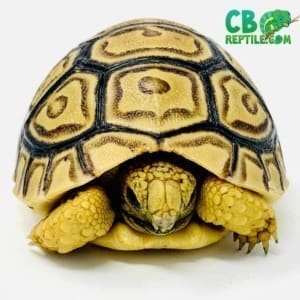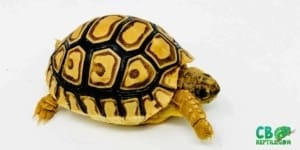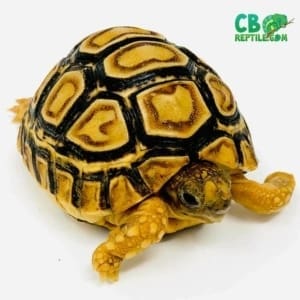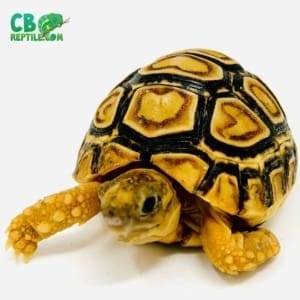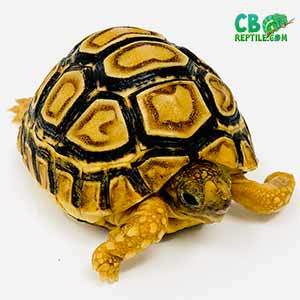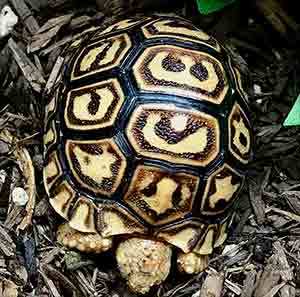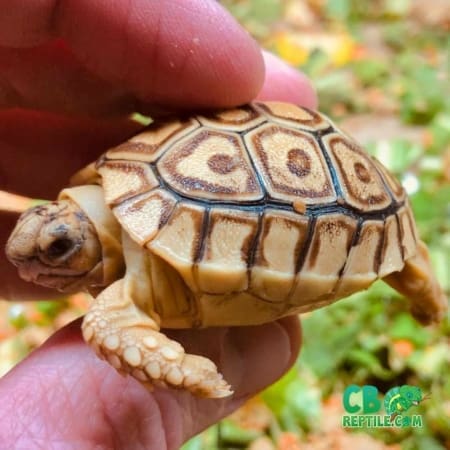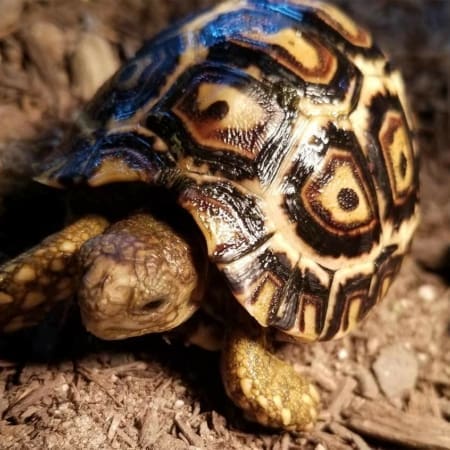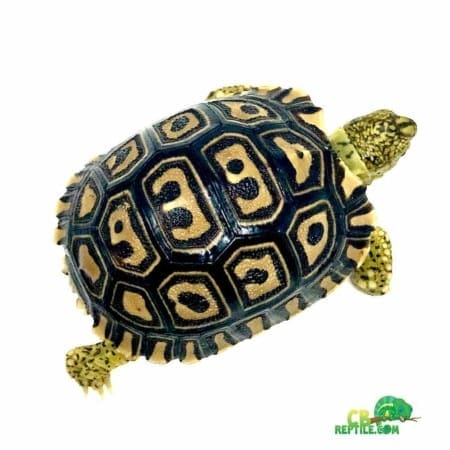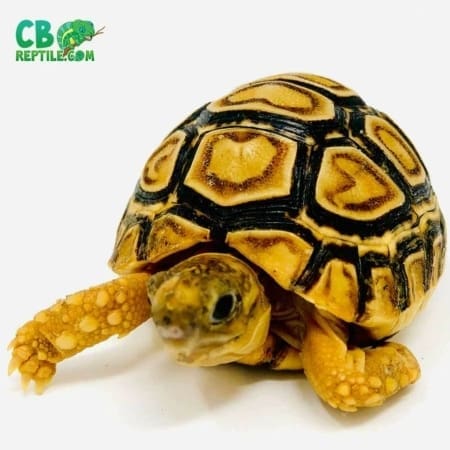Leopard tortoise lifespan
These guys like all large species of tortoises are long lived when properly cared for. It is not uncommon for an African leopard tortoise to live anywhere from 80-100 years! leopards for sale should be thought of as a long term pet, to say the least! When raised in the proper leopard tortoise habitat, with proper UV lighting, Substrate, Humidity, Temperatures and good quality food, your baby leopard tortoise may outlive you! Food is probably most important when considering the lifespan of a leopard tortoise. Humidity however, is not far behind!
Leopard Tortoise Care Sheet
Before purchasing your new pet leopard tortoise for sale, please make sure you find an experienced captive bred leopard tortoise breeder and due your homework researching proper leopard tortoise care.
Before purchasing your new pet leopard tortoise for sale, please make sure you find an experienced captive bred leopard tortoise breeder and do your homework researching proper care for both the more common Pardalis Babcocki East African leopard tortoise as well as Giant South African leopard tortoise care.
Our biolgist has provided a detailed Sulcata tortoise care guide that will cover the following topics:
- Leopard tortoise care
- leopard tortoise habitat
- leopard tortoise diet
- leopard tortoise humidity
- leopard tortoise substrate
- leopard tortoise temperature
- leopard tortoise size
- leopard tortoise lifespan
- leopard tortoise for sale
- giant leopard tortoise
- baby leopard tortoise
- African Sulcata tortoise for sale
- Albino Sulcata tortoise
- Ivory tortoise
- All species of tortoise for sale
- other species of Giant tortoise for sale
Leopard tortoise range:
Both species of leopard tortoise are from Africa, Leo torts are found across the arid and savanna regions of eastern and southern Africa. Also, their range extends from South Sudan and Somalia. Lastly, it also spans wide across East Africa to South Africa and Namibia. For the most part, this species is generally absent from the humid forest regions of Central Africa.
They are fairly widespread and overlap in territory with other African tortoise species, including the African Sulcata tortoise. We offer Leopard tortoise for sale, available here at CB. Giant South African leopard tortoise exist only in southern Africa. The Pardalis Pardalis leopard tortoise is also available here at CB Reptile.
Leopard tortoise size
A very large tortoise an Pardalis babcocki East African leopard tortoise can reach sizes of 14-18 inches with most in the 15″ range. Depending on where they are from, some including the Giant south African leopard tortoise for sale can reach 26″. A big factor concerning how big with a leopard tortoise grow entails its’ diet and habitat when growing up. Naturally, higher calorie, high protein content diets are going to be worse for the animal. Because high protein diets may cause the baby tortoise to grow larger, much faster.
Leopard tortoise appearance:
Male leopard tortoises can be larger than female leopards. Adult male leos have a deep concavity in the posterior half of plastron, with long, thin tails tipped by a horny curving spur. Females have a more rounded appearance with features that are not so exaggerated and a short, blunt tail.
Adults’ carapace is a wide variety of leopard like patterns with a base of primarly tan to yellow. Some have more of an ivory base color than others. Leopard tortoise plastrons, head, and limbs are a uniform yellowish in color, with Giant south African skin being more of a mustard color, with dark speckling or spots.
Leopard tortoise habitat:
Due to their large size, housing leopard tortoises inside can be quite impractical. Always consider this carefully prior to purchasing. Of all the types of habitats available, the most useful form of indoor accommodation for a hatchling is a tortoise table. The only issue here is the open top. We really see leopard tortoises thriving in low air movement, high humidity setups more so than open top, dry setups. For this reason, consider a habitat that allows you to limit air flow.
For all leopard tortoises, we recommend a reptile fogger for sale, to keep the humidity at 70% A reasonable size for a hatchling is 2 foot by 2 foot, however they will outgrow this very quickly (at 3 years old they can exceed 12 inches). As the animal grows the size of its habitat needs to be increased. Holes can be cut into the bottom of your tortoise table to allow for the sinking of food and water dishes, making them flush with the surface for easier animal access.
Leopard tortoise water:
Always, water dishes in the habitat should be large enough to allow the leopard tortoise to soak in. At the same time, they need to remain shallow enough to protect from drowning. For an adult leopard tortoise, the indoor habitat should be at least 8 foot by 8 foot! An outdoor heated shed or greenhouse is sometimes a better option for an adult leopard tortoise.
During hot summer days allow your tortoise to roam in a predator-free enclosed garden. Because of their large size and grazing habits, these tortoises will greatly benefit from being outdoors when the climate allows it. Ensure that there is adequate shade, hiding spots, and access to a shallow dish of water. A dry grassy area that allows grazing is ideal for all types of leopard tortoises.
SULCATA TORTOISES Do not burrow
Unlike Sulcata tortoises, leopard tortoises need a sturdy fence that does not need to extend underground due to their tendencies not to burrow. Daytime temperatures can be up to 99 F and nighttime temperatures should not drop below 70 degrees F. A shallow dish of water should be provided at all times, and a muddy wallow may be used as well.
Leopard tortoise Substrate
As a substrate, a mixture of topsoil and play sand or cypress bark works well. At the same time other options for arid loving species, dried grasses and hay can be used. Hay is easily maintained and provides nourishment if they nibble it. Humidity should be kept around 70% for any spurred tortoises up to 24 months old.
If sand is used in the substrate this area should also not have food placed directly upon. Because if ingested the sand can build up in the tortoises GI tract leading to possible impaction and even death. A completely separate sand-free area in the habitat should be utilized to feed. We recommend using paper dishes to feed so that they can be thrown away and replacement at a low cost every few days.
Leopard tortoise temperature
Always provide a temperature gradient for your new baby leopard tortoise. In one corner of the environment, a heat spot lamp should be positioned to provide a hot spot, also known as a basking area. Secondly, provide a basking spot of 90-95 degrees F in that section of the habitat. Lastly, the other side of enclosure can be heated to 80-90 F during the day with a drop at night. Night temps should not drop below 75 degrees. Heat lights, or heat sources should always be run through a thermostat. By using a reptile thermostat, you are alble to avoid over heating.
Leopard tortoise habitats should also be equipped with a full spectrum fluorescent light to provide for UVB and UVA. A UVB source is necessary for Vitamin D3 syntheses (needed in calcium metabolism). Also, provide a humid hide box located in the corner away from the basking spot to allow the animal a cooler spot that also helps them rehydrate. We recomend using a heating element, as well as a uva and uvb lamp if possibe so that your tortoise is able to get both UVA and UVB. Twin leopard tortoise heat and light fixtures are available where you can place a t5 HO 10% uvb lamp next to a UVA lamp. UVA is also important for the light aspect and overall happiness of the tortoise from our experience.
Leopard Tortoise Diet
Diet: African leopard tortoises for sale are herbivorous, grazing tortoises and need a high fiber, low protein diet. At least 75% of their diet should be given as grasses and hays, along with some edible weeds and flowers. Small amounts of other leafy green vegetables are okay, but avoid foods high in oxalates.
* Orchard grass or hay
* Timothy or Bermuda Grass
* Dandelion greens
* Clove
* Cactus pads
* Edible flowers
Avoid:
* Fruits
* Spinach
* Grains (bread, pasta etc)
*Mazuri tortoise chow (soaked and softened)
* avoid dog or cat food or any animal protein
Leopard tortoise lighting
UVB levels in the tortoises natural habitat are vastly higher than anything we experience in the normal inside of our homes, so food must be lightly dusted with a vitamin and mineral supplement which contains vitamin D3 and calcium daily. Cuttlebone is a good source of calcium and can be left in the enclosure at all times. We use tortoise bone, or reptile calcium both available here on our website.
UVA is also important, and for this reason you can either use a mercury vapor lamp for your hot spot, or use a UVB and a separate UVA t5 lamp. Using a dual fixture is best so that you are able to provide full spectrum UVA as well as UVB. UVB is the more important of the 2, however there is increasing evidence that both UVB and UVA are necessary.
Do leopard tortoises hibernate?
Leopard tortoises do not hibernate. Make sure there are no steep surfaces or steps that the tortoise can climb on as they can tip over onto their backs and be unable to get back up.
As with any new pet, it is highly recommended that you take your new tortoise to a vet with exotics experience for a health check up. Problems and health issues in leopard tortoises are often hidden and your pet may appear healthy at first. It is also recommended that you measure and weigh your tortoise on a regular basis. Please only buy your tortoise from a genuine leopard tortoise breeder.
SULCATA TORTOISES FOR SALE ONLINE
Of all species of tortoise, Leopard tortoises are some of the largest and most beautiful of all tortoises for sale. When considering any tortoise for sale, or turtles for sale, captive bred baby tortoises for sale and turtles for sale should be your only consideration instead of wild caught. Some of the best tortoise breeder in the world only work with captive bred animals. Whether it be huge sulcata tortoise for sale, or small russian tortoise for sale, we are your source for the best of the best!
Leopard tortoises are some of the most beautiful of all tortoises for sale. When considering any tortoise for sale, or turtles for sale, captive bred baby tortoises for sale and turtles for sale should be your only consideration instead of wild caught. Some of the best tortoise breeder in the world only work with captive bred animals. Whether it be huge sulcata tortoise for sale, or small russian tortoise for sale, we are your source for the best of the best!
- Display 15 Products per page
-

caramel leopard tortoise
$378.95 – $499.95 Sale!Select options This product has multiple variants. The options may be chosen on the product page -

Giant South African leopard tortoise hybrid
$599.95 – $1,399.95 Sale!Select options This product has multiple variants. The options may be chosen on the product page -
 Rated 5.00 out of 5
Rated 5.00 out of 5Giant South African Leopard tortoise
$599.00 – $5,749.00 Sale!Select options This product has multiple variants. The options may be chosen on the product page -
 Rated 5.00 out of 5
Rated 5.00 out of 5Leopard tortoise for sale
$279.95 – $299.95 Sale!Select options This product has multiple variants. The options may be chosen on the product page

